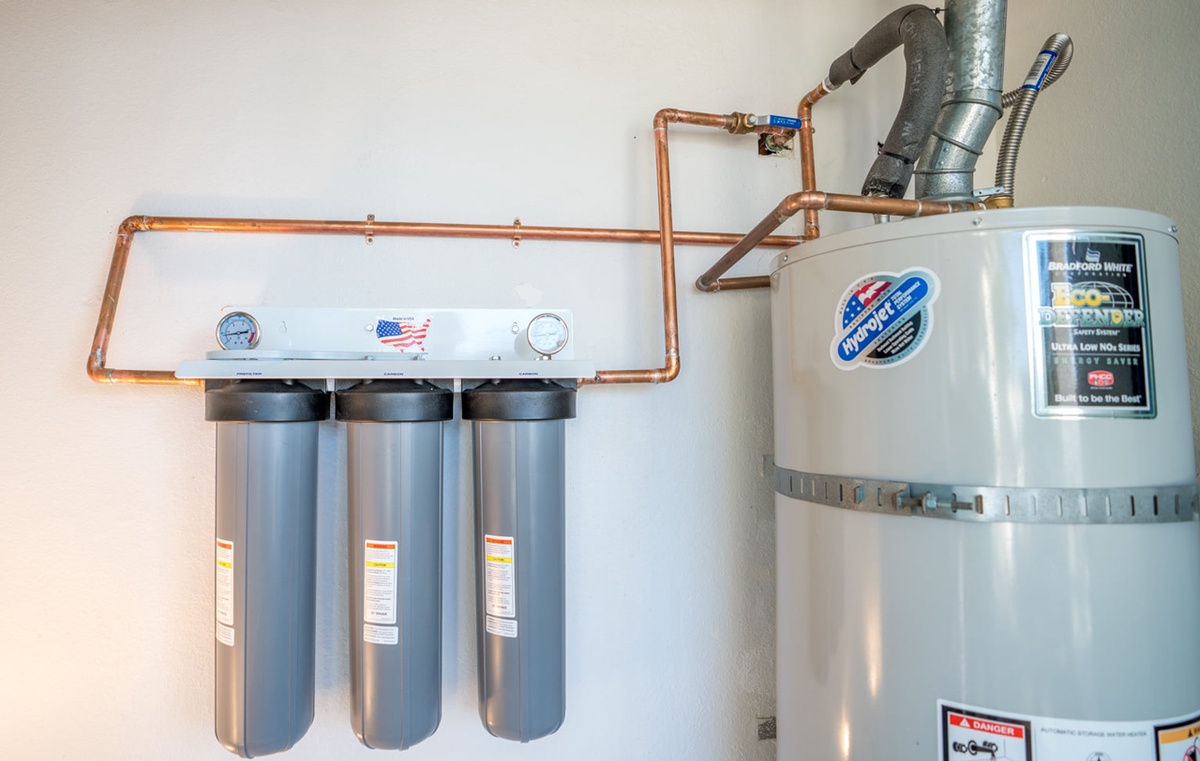Selecting the optimal location for your water softener is a crucial step in ensuring its efficient operation and longevity. The placement of your water softener can impact its performance, maintenance requirements, and accessibility for routine tasks. In this guide, we'll explore the key factors to consider when choosing the right location for your water softener installation.
Importance of Proper Placement:
Before delving into the specific factors to consider, it's essential to understand why proper placement of your water softener is vital. The right location ensures efficient operation, easy access for maintenance and servicing, and minimizes the risk of damage or interference with other household systems. By strategically placing your water softener, you can optimize its performance and prolong its lifespan.
Factors to Consider:
When you are thinking of Water softener installation, consider the following factors:
Proximity to Main Water Line:
One of the primary considerations is the proximity to the main water line entering your home. Installing the water softener near the point of entry ensures that all the water entering your home is treated, providing comprehensive protection against hard water issues throughout your plumbing system.
Accessibility for Installation and Maintenance:
Choose a location that allows for easy access during installation and future maintenance tasks. Ensure that there is sufficient space around the water softener to accommodate plumbing connections, electrical outlets (if applicable), and any required drainage or ventilation.
Adequate Space:
The water softener requires a certain amount of space for proper installation and operation. Make sure the chosen location can accommodate the dimensions of the unit, including any clearance requirements specified by the manufacturer. Avoid placing the water softener in cramped or confined spaces that could impede airflow or hinder access.
Drainage Availability:
Consider the availability of a suitable drain for the discharge of wastewater during the regeneration process. The drain should be located nearby and have sufficient capacity to handle the volume of water discharged by the water softener. Adequate drainage prevents backups, flooding, and potential water damage.
Electrical Accessibility:
If your water softener requires electrical power, ensure that the chosen location has access to a nearby electrical outlet. Avoid installing the water softener in areas where electrical wiring may be difficult to reach or where it could be exposed to moisture or other hazards.
Avoiding High-Traffic Areas:
Choose a location away from high-traffic areas of your home to minimize the risk of accidental damage or interference with the water softener. Placing the unit in a secluded or less frequented area ensures that it remains undisturbed and operates efficiently.
Protection from Extreme Temperatures:
Avoid placing the water softener in areas exposed to extreme temperatures, such as outdoor sheds or unheated basements. Exposure to freezing temperatures can damage the unit and compromise its performance. Choose a location indoors where the temperature remains relatively stable year-round.
Ventilation and Airflow:
Proper ventilation is essential to prevent the buildup of heat and moisture around the water softener, which can lead to condensation and potential damage. Ensure that the chosen location allows for adequate airflow and ventilation to maintain optimal operating conditions.
Compliance with Local Codes and Regulations:
Check local building codes and regulations governing the installation of water softeners in your area. Ensure that the chosen location complies with any applicable requirements regarding clearance, access, ventilation, and electrical wiring.
Final Thoughts:
In conclusion, choosing the right location for your water softener installation is a critical decision that can impact its performance, maintenance requirements, and longevity. Consider factors such as proximity to the main water line, accessibility for installation and maintenance, adequate space, drainage availability, electrical accessibility, avoiding high-traffic areas, protection from extreme temperatures, ventilation and airflow, and compliance with local codes and regulations. By carefully evaluating these factors and selecting a suitable location, you can ensure that your water softener operates efficiently and effectively, providing you with soft, high-quality water for years to come.


No comments yet